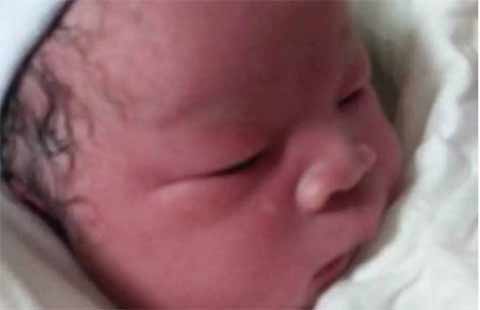Women, children's health rights well protected in China
(Xinhua) Updated: 2012-12-26 17:01BEIJING - China has established gender equality as a basic national policy, and has always attached great importance to the life and health of women and children, said a white paper released by the Information Office of the State Council on Wednesday.
Currently, China has 860 million women and children, accounting for two thirds of the nation's total population, the document said, noting that the government has tried hard to improve the legal regime and related policies regarding women and children's healthcare, and has signed many international conventions committed to the protection of women and children.
Since the 1990s, the Chinese government has enacted the Program for the Development of Chinese Women (1995-2000), the Program for the Development of Chinese Women (2001-2010), the Program for the Development of Chinese Women (2011-2020), the Program for the Development of Chinese Children in the 1990s, the Program for the Development of Chinese Children (2001-2010) and Program for the Development of Chinese Children (2011-2020).
According to the white paper, China publishes annual reports on women and children's healthcare progress, and the country has developed the world's largest monitoring network, keeping track of cases of birth defects, deaths of pregnant and lying-in women, deaths of children under five years of age, and complicated cases of pregnant and lying-in women, as well as children's nutrition and health.
The document said that intensive healthcare services for pregnant and lying-in women are available, and a complete array of services for pregnant and lying-in women has been developed, covering prenatal examination, prenatal defect screening and diagnosis, screening and management of high-risk pregnant and lying-in women, hospitalized delivery, infant healthcare and postnatal home visits.
In 2011, a total of 93.7 percent, 91.0 percent and 85.2 percent of pregnant and lying-in women, respectively, received prenatal examinations, postnatal home visits and other medical management services, 4.81 percent, 5.57 percent and 10.36 percent higher than the statistics of 2000, according to the white paper.
The percentage of high-risk pregnant and lying-in women included in the medical management program has reached 99.6 percent, it said.
In addition, the white paper said, China's efforts to lower the maternal mortality and eliminate neonatal tetanus are successful, resulting in a maternal mortality rate in 2011 of 26.1 per 100,000, dropping 72.4 percent and 50.8 percent as compared to 1990 and 2000, respectively.
The government provides healthcare services for infants, young children and pre-school children, and exercises health management of children under seven years of age and comprehensive management of children under three years of age.
In 2011, some 84.6 percent of children under three years of age and 85.8 percent of children under seven years of age received comprehensive health management and medical management services, according to the document.
The government has given care, both physically and mentally, to children whose parents seek employment away from home and kids living with their migrant-worker parents, as well as handicapped children and other special groups of children, the white paper said.
- Beijing lawyer Zhou Shifeng jailed for subversion
- China opens S China Sea website
- Ministry issues draft rules for car-hailing business
- 700 officials punished by green teams
- Hangzhou learns the language of summit success
- Panda twin births boost the hopes for survival
- Top court clarifies law at sea
- Nida's landfall brings travel to a standstill
- Xinjiang toughens anti-terror stance
- Tokyo's white paper on defense policy 'full of lies'










